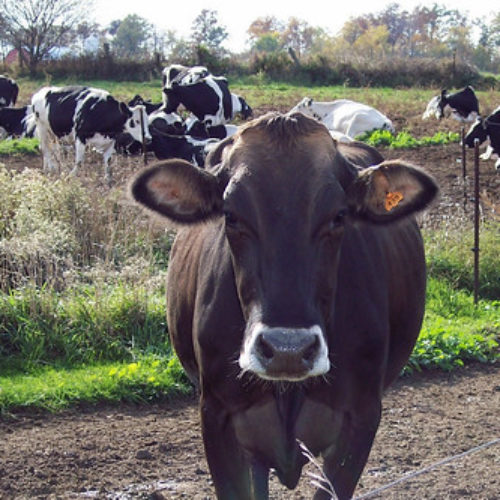In mid-December, both chambers of the U.S. Congress passed a bipartisan Farm Bill.
The vote on the compromise “committee of conference” legislation won approval in the House of Representatives by a vote of 386–47. The Senate followed suit, passing the bill with a strong bipartisan vote of 87–13. On December 20,2018, the president signed the bill before a large crowd at the Eisenhower Executive Office Building.

Photo by Henry Be on Unsplash
While there have been conservative groups that have complained about subsidies in the Farm Bill, the overwhelming reaction of farm groups has been very positive. Upon passage of the bill, Secretary of Agriculture Sonny Perdue immediately said that it was a good farm bill and will provide certainty for agriculture, and that he had asked the president to sign it.
The American Farm Bureau, the National Farmers Union as well as commodity lobbies such as the American Soybean Association and the National Corn Growers Association have also talked about the legislation bringing certainty to farmers during times of low commodity prices and a risk of trade disputes and tariffs escalating.
What are the lesser known policies embedded in the Farm Bill?
Aid to farm families
One of the publicized items is extending up to $125,000 subsidies for cousins, nieces, and nephews who do not farm. Senator Chuck Grassley (Iowa) and five other senators did not vote for the bill because of that provision; in reviewing the language, one finds that the bill changes the definition of family to include cousins, nieces, and nephews. The language also sets the limit for the subsidy at $125,000. In reading further, we see that those cousins must be owners of the farm business or co-owners. The revised bill bolsters farmers’ markets and “buy local” programs, and spends money to fund organic research. The legislation also funds veteran and minority farmers. This year, the bill supports funding to train the next generation of farmers.
Hemp
Senator Majority Leader Mitch McConnell added federal legalization of hemp production to the Farm Bill. It is not clear if there will be subsequent federal rules for hemp production and processing, or if that is now left to the states to regulate. The bottom line though is that hemp is no longer on the federal controlled substances list.
Work requirements
One of the differences between House and Senate versions of the Farm Bill was that the House version contained stronger work requirements not in the Senate’s version. The conference committee left off the work requirement. We know now that the work requirements are being proposed to be put into rules. This blog will not venture into the politics of that. Agriculture organizations put pressure on Congress to pass the Farm Bill because of trade disputes making the uncertainty worse with trade, tariffs, and commodity prices. They did not want further uncertainty by not passing a Farm Bill as well.
Cost
Finally, we will look at the cost of the 2018 Farm Bill. The total cost of the Farm Bill is projected by the Congressional Budget Office to be $867 billion over the next 10 years, an average annual cost of $87 billion. The cost of this Farm Bill is down by $90 billion from the 10-year projection of the last Farm Bill, which the CBO determined to cost $957 Billion. The entirety of the $90 billion decrease can be found in the nutrition title: the spending on SNAP (food stamps) is down because fewer people are asking for help because employment is up. The nutrition title is the largest part of the Farm Bill, requiring $664 billion or 76.5 percent of the total Farm Bill cost.
Other sections
All titles other than nutrition have basically flat spending from 2014. Three titles account for $199 billion in spending, up roughly $6 billion over 10 years, averaging $600 million per year: crop insurance (down $12 billion and offset by premiums); commodities support, which includes dairy (up $16 billion to $61.2 billion over 10 years); and the conservation title (up $2 billion to $59.8). All other titles are down $3.7 billion to $4.4 billion. To sum up spending, nutrition is down $90 billion over 10 years and all other titles are basically budget neutral.




